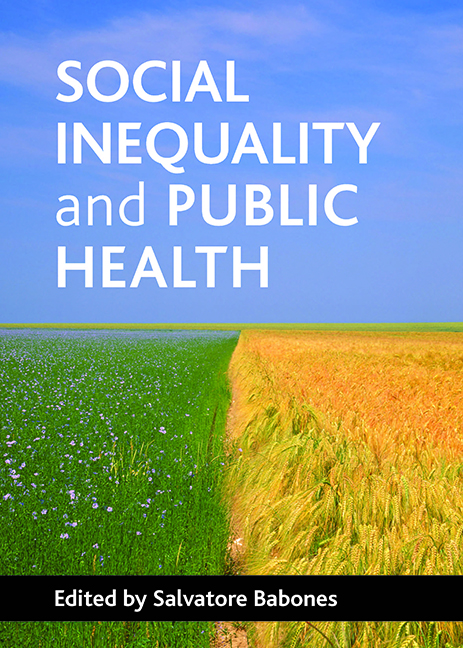Book contents
- Frontmatter
- Contents
- List of figures, tables, maps and boxes
- Preface
- Notes on contributors
- one Introduction
- Pathway 1 Differences in individual health behaviours
- Pathway 2 Group advantage and disadvantage
- Pathway 3 Psychosocial factors in individual health
- Pathway 4 Healthy and unhealthy societies
- Conclusions Public understanding of the new public health
- Index
one - Introduction
Published online by Cambridge University Press: 22 January 2022
- Frontmatter
- Contents
- List of figures, tables, maps and boxes
- Preface
- Notes on contributors
- one Introduction
- Pathway 1 Differences in individual health behaviours
- Pathway 2 Group advantage and disadvantage
- Pathway 3 Psychosocial factors in individual health
- Pathway 4 Healthy and unhealthy societies
- Conclusions Public understanding of the new public health
- Index
Summary
In 1916, epidemiologist Hibbert Winslow Hill published an influential volume on The new public health of his day, which was increasingly focused on the individuallevel biological determinants of health. In Hill's synopsis, ‘the old public health was concerned with the environment; the new is concerned with the individual’ (Hill, 1916, p 8). The individual-level orientation of this ‘new public health’ was explicitly formulated in reaction to the ‘old public health’ of the 19th century, in which founding epidemiologists like John Snow had uncovered the environmental origins of major diseases like cholera. As the 20th century dawned, advances in cell biology were leading to a shift of the centre of gravity of epidemiology out of the field and into the laboratory. Disease came to be seen as something that affected a person, not a population. So far as the new public health of the early 20th century was concerned, populations were nothing more than aggregations of individuals. In this mode of thought, improving public health came down to improving the individual health of as many people as possible.
The ‘new public health’ of the early 21st century has come full circle. The past two decades have witnessed the emergence of a ‘new’ new public health focused on how social, economic and political factors affect the level and distribution of individual health. The emergence of this 21st-century new public health has to some extent been inspired by the success of 20th-century public health in battling disease within the individual. Today, the most serious public health challenges facing the populations of the high-income countries of Europe, North America and North East Asia are mainly preventable, or at least treatable, diseases. As a result, environmental factors (broadly construed) are now more important for understanding differences in the health of individuals than ever before. The most important of these environmental factors are related to the social structures in which people are embedded. In high-income countries, where most people enjoy relatively good access to shelter, warmth, adequate nutrition, sanitation, clean drinking water and the like, social inequalities have become a major focus of public health research.
- Type
- Chapter
- Information
- Social Inequality and Public Health , pp. 1 - 6Publisher: Bristol University PressPrint publication year: 2009



